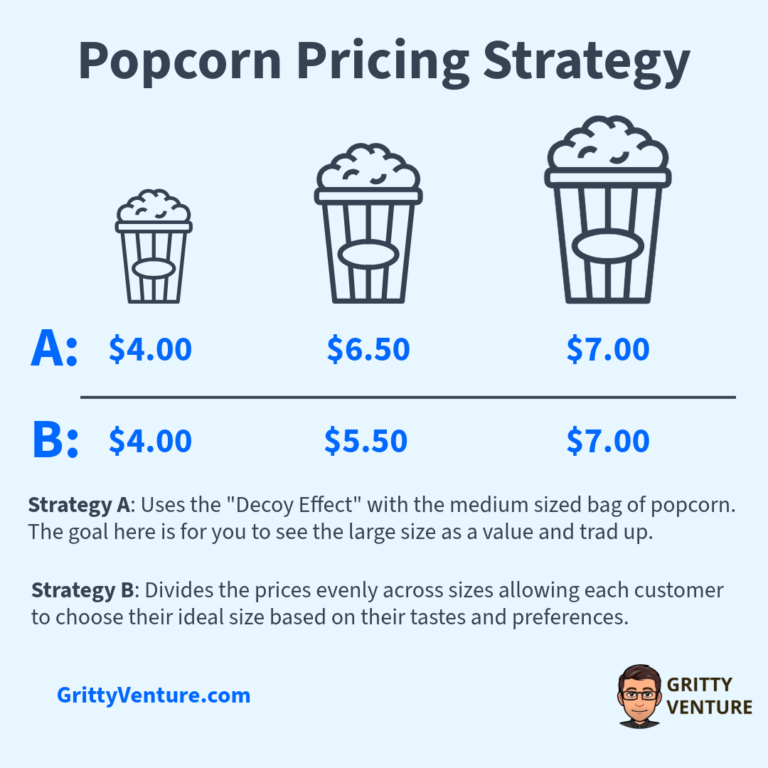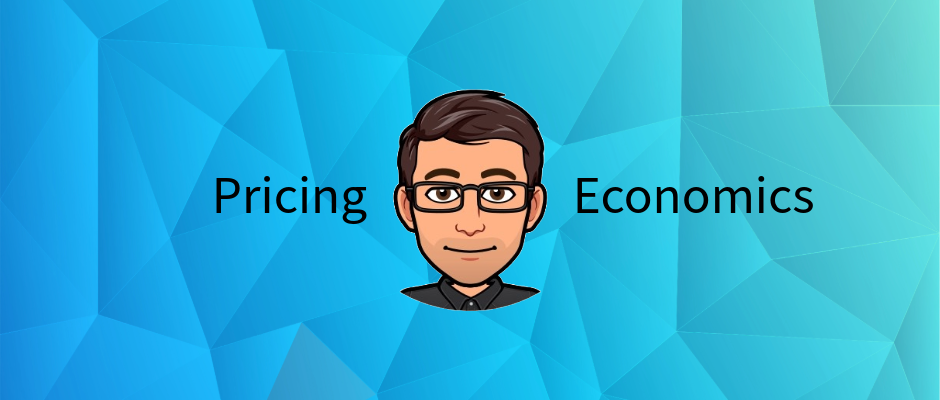
Have you ever planned to buy a small popcorn at the movies but ended up getting the large instead? That’s no accident—it’s a psychological pricing strategy known as decoy pricing, and it’s designed to make you spend more without realizing it.
What Is Decoy Pricing?
Decoy pricing is a psychological pricing strategy that uses an intentionally overpriced middle option to make the most expensive choice seem like the best deal. Here’s how it works at the concession stand:
- Small Popcorn – $4.00
- Medium Popcorn – $6.50
- Large Popcorn – $7.00
At first glance, the medium size seems illogical—why pay $6.50 when the large is only $0.50 more? That’s the power of decoy pricing. The medium exists solely to push you toward buying the large, making it seem like the best value.
Why Decoy Pricing Works
Decoy pricing is effective because of comparative evaluation—our brains assess value by comparing options rather than considering absolute prices. The medium popcorn acts as a decoy, making the large feel like an irresistible bargain. Consumers walk away thinking they made a smart financial choice when, in reality, they spent more than they originally planned.
Examples of Decoy Pricing in Everyday Life
Decoy pricing isn’t just used for popcorn—it’s everywhere! Businesses use this tactic to steer consumer behavior and maximize revenue. Some common examples include:
- Coffee Shops – A medium latte is priced close to a large to make upsizing feel like a better deal.
- Streaming Services – A “Standard” plan is just slightly cheaper than “Premium,” encouraging upgrades.
- Smartphones & Laptops – Storage options (64GB vs. 128GB vs. 256GB) are often priced to make the highest-tier model seem like the smartest choice.
How to Outsmart Decoy Pricing
The next time you’re presented with multiple pricing options, pause and ask yourself:
- Do I really need the larger option, or am I being nudged by decoy pricing?
- Would I still choose this option if the decoy didn’t exist?
By recognizing decoy pricing strategies, you can make more intentional purchasing decisions—and avoid spending more than necessary.



